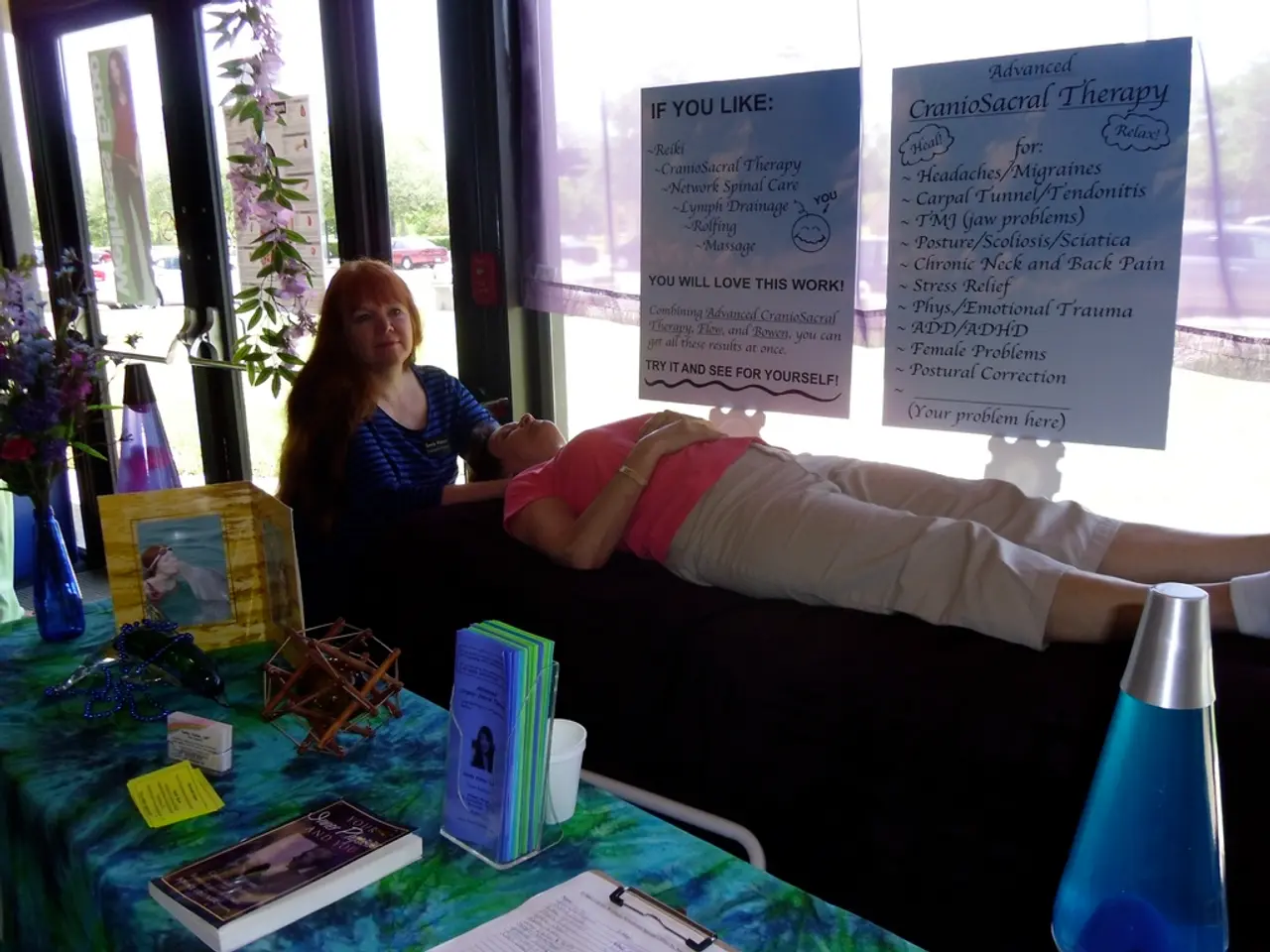Guidance on Recovery from Early Life Wounds
Childhood trauma, encompassing physical, emotional, and sexual abuse, neglect, and exposure to violence, can have profound and long-lasting effects on a person's mental and physical health. However, it's essential to remember that help is available at any age for healing from these experiences.
One way to begin the healing process is through journaling. This practice can help survivors process their emotions and experiences related to childhood trauma, offering a safe space for self-expression and reflection.
Defining what's acceptable and unacceptable in relationships and interactions can also protect survivors from further harm and reduce anxiety. Setting boundaries establishes a sense of safety, control, and self-respect, empowering survivors to take charge of their lives.
Changes in behaviour are common signs of childhood trauma. These may include eating changes, sleep changes, regression, irritability, clinginess, separation anxiety, and reactive attachment disorder. If you or someone you know is experiencing these symptoms, it's crucial to seek help from a healthcare professional.
Healthcare professionals, such as Dr. Eshleman, a PsyD who speaks about healing childhood trauma in a Cleveland Clinic article discussion, can provide various forms of therapy to support survivors. Psychotherapy (talk therapy), cognitive behavioral therapy (CBT), dialectical behavior therapy (DBT), and eye movement desensitization and reprocessing (EMDR) are all techniques that can provide tools and support for processing childhood traumatic experiences.
Lifestyle choices can also play a significant role in the healing process. Regular exercise, a balanced diet, and sufficient sleep can help manage anxiety and stress levels, while mindfulness and meditation practices can promote relaxation and reduce stress.
Practicing self-compassion is another key part of the healing process. Survivors of childhood trauma often struggle with negative thoughts and low self-esteem. Positive affirmations can help build self-esteem and counteract these negative thoughts.
It's important to note that the more extreme the trauma, the higher the risk for lasting difficulty. However, healing from childhood trauma can be transformative and empowering, leading to reclaiming one's life, healing the inner child, and building a future filled with hope and possibility.
Childhood traumatic events can have long-term effects on mental and physical health, increasing the risk of developing conditions such as anxiety, depression, diabetes, heart problems, obesity, post-traumatic stress disorder (PTSD), stroke, substance use disorders, and even inflammation in the body. But with the right support and resources, it's never too late (or too early) to begin the healing process.
Creative expression, like art, music, and writing, can serve as emotional outlets for processing childhood trauma. Group therapy can create a supportive environment through shared experiences for childhood trauma survivors, offering a sense of community and understanding.
Remember, healing from childhood trauma is a journey, and it's okay to take it one step at a time. With patience, self-care, and the right support, it's possible to reclaim your life and build a future filled with hope and possibility.
Read also:
- Peptide YY (PYY): Exploring its Role in Appetite Suppression, Intestinal Health, and Cognitive Links
- Toddler Health: Rotavirus Signs, Origins, and Potential Complications
- Digestive issues and heart discomfort: Root causes and associated health conditions
- House Infernos: Deadly Hazards Surpassing the Flames








